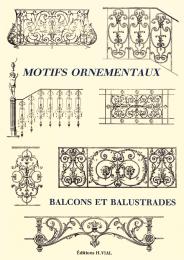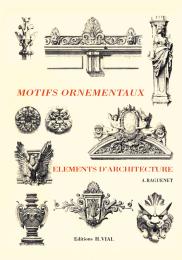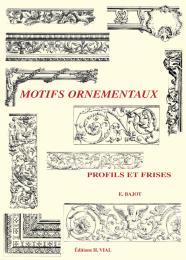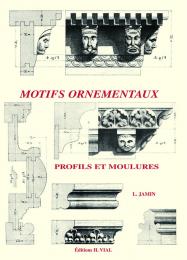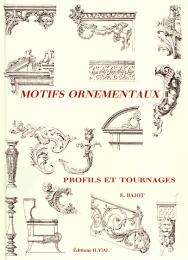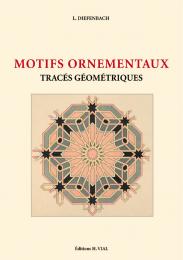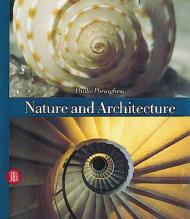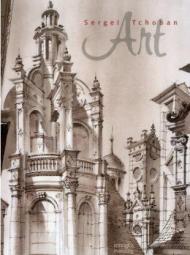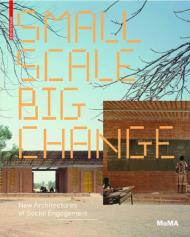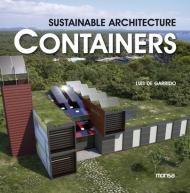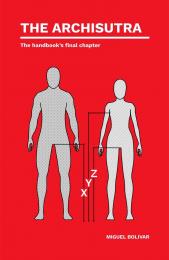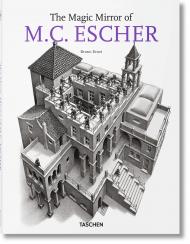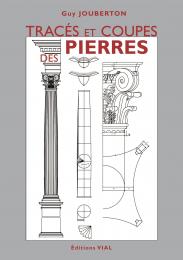Ce livre didactique et progressif enseigne les tracés de base nécessaires à la coupe des pierres de taille utilisées dans la construction ou la restauration d’un bâtiment.
La taille des pierres et leur tracé sont basés sur l’art du trait, une branche de la géométrie descriptive qui permet de dessiner sur plan toutes sortes de volumes au moyen de projections, puis de tracer la pierre pour la tailler. C’est ce dessin technique appliqué à coupe des pierres que le livre de Guy Jouberton se propose d’enseigner au lecteur. Partant de tracés très simples, des exercices progressifs développées avec clarté permettent de faciliter la compréhension des différentes étapes du traçage.
Une pédagogie moderne est au service du débutant pour comprendre et utiliser l’art du trait.
Ce livre est le premier volume d’une suite d’ouvrages dont le second, Tracés et coupe des pierres, études des formes, est déjà paru.
Sur le même sujet, les éditions Vial ont également publié le Traité de Stéréotomie de Monduit, plus ardu mais orné de magnifiques planches de tracés.
Sommaire :
Les constructions géométriques : divisions, perpendiculaires, parallèles, angles, raccordements, tangentes.
Les polygones réguliers.
Les courbes de base : ellipses, paraboles, hyperboles, nombre d’or, raccordement des cercles.
Les moulures : moulures simples, doucines, tarabiscot, scotie, bec de corbin, volute, spirales.
Les cintres et figures simples : plate-bandes, plein cintre, arc brisé, lancette, ogive, arcs divers, anse de panier, ovales.
Les intersections de moulures : retours de moulures, camardages, déformé de moulures, réduction proportionnelle, pénétration des moulures.
Généralités sur les pénétrations et les sections de volumes simples.
Principes généraux de vraies grandeurs : rabattement des joints, panneaux de moulures déformées.
Les ordres architecturaux et leurs proportions : ordres toscan, dorique, ionique, corinthien, composite, tracé des frontons..
